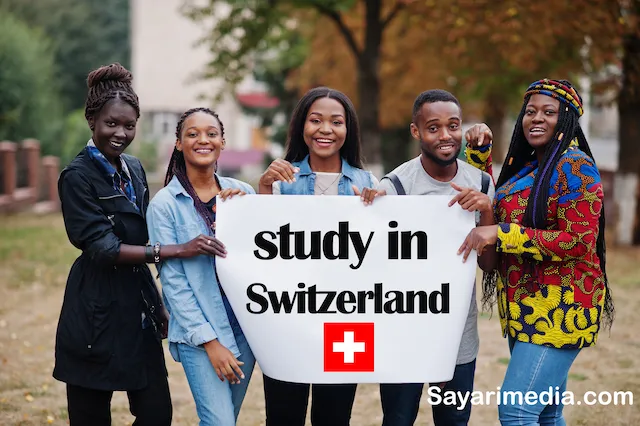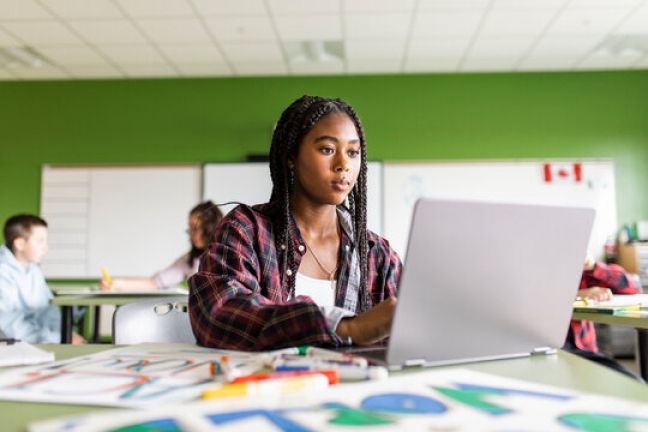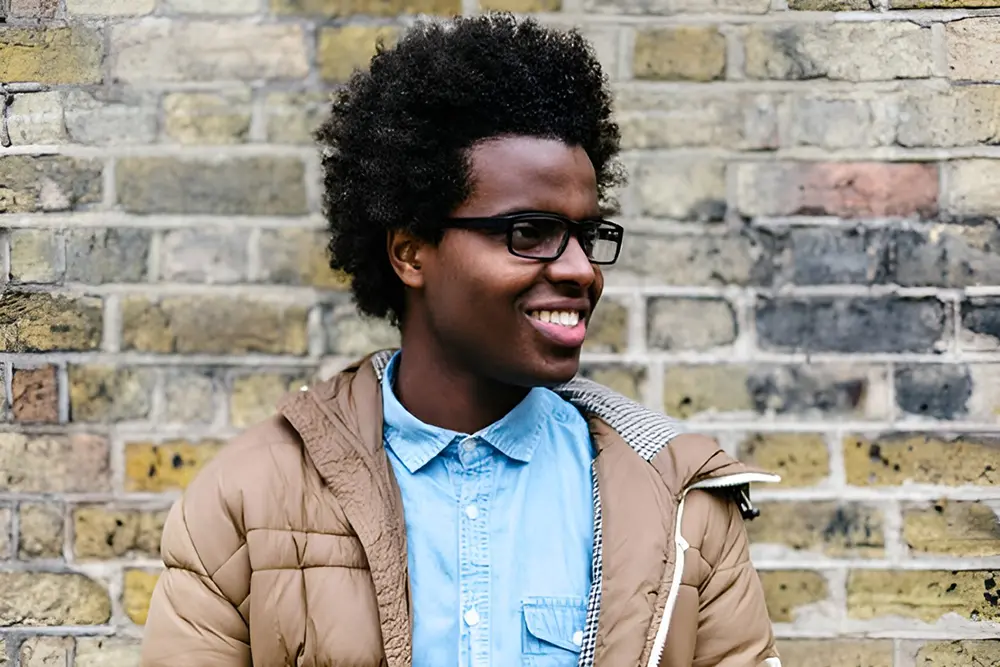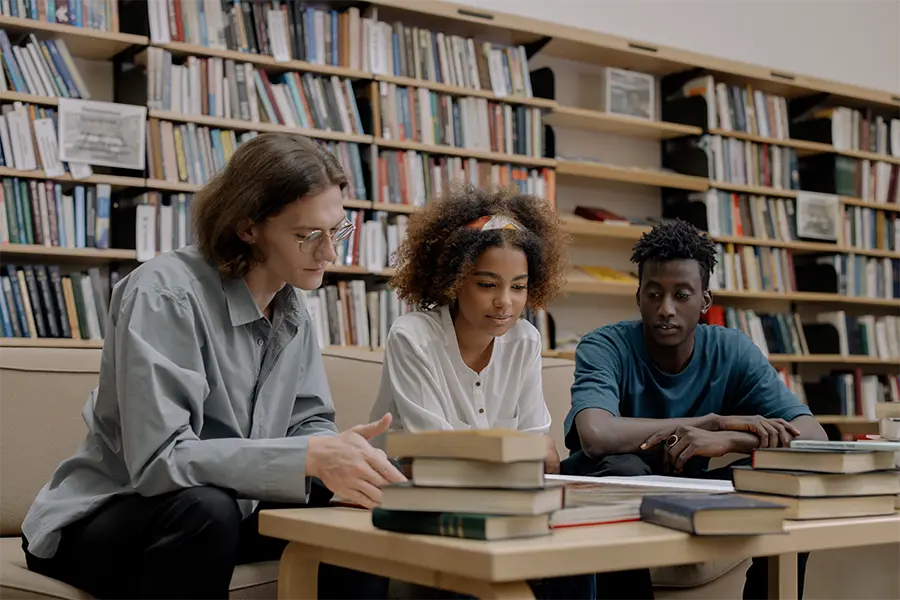Studying in the United States is a dream for many international students. However, before you can pack your bags and head to the land of opportunities, you must obtain a US student visa. In this blog post, we will guide you through the process on How to Apply for a US Student Visa step-by-step.
Step 1: Choose the Right Type of Visa
There are two types of US student visas: F-1 and M-1. F-1 visas are for students who want to pursue academic studies, including language courses. M-1 visas are for students who want to enroll in vocational or technical schools. Make sure you choose the right type of visa based on your educational goals.
Step 2: Apply to a SEVP-Approved School
To apply for a US student visa, you must first be accepted to a school that is certified by the Student and Exchange Visitor Program (SEVP). This program is managed by the US Department of Homeland Security (DHS) and ensures that schools meet certain standards for international students.
Step 3: Pay the SEVIS Fee
Once you have been accepted to a SEVP-approved school, you must pay the SEVIS fee. SEVIS stands for Student and Exchange Visitor Information System and is a program that tracks international students in the United States. The fee is currently $350 for F-1 and M-1 visas.
Step 4: Complete the DS-160 Form
The DS-160 form is an online application for a nonimmigrant visa. You must complete this form to apply for a US student visa. Make sure you answer all questions truthfully and accurately. You will also need to upload a passport-style photo when completing the form. Once you have completed the form, submit it online and print the confirmation page.
Step 5: Pay the Visa Application Fee
The visa application fee for a US student visa is $160. You will need to pay this fee before you can schedule your visa interview. You can pay the fee online using a credit card or electronic funds transfer. Once you have paid the fee, you will receive a receipt that you will need to bring to your visa interview. If your visa is approved, you may also pay a visa issuance fee, if applicable to your nationality
Step 6: Schedule an Interview
After completing the DS-160 form and paying the application fee, you must schedule an interview at a US embassy or consulate in your home country. Wait times for interviews vary by location, so it’s essential to plan ahead. You should also bring all required documents to your interview.
Step 7: Gather Required Documents
To apply for a US student visa, you will need to provide several documents, including:
- Passport valid for at least six months beyond your intended stay in the US
- Form I-20 provided by your SEVP-approved school
- SEVIS fee receipt
- Application fee payment receipt, if you are required to pay before your interview
- DS-160 confirmation page
- Proof of financial support, such as bank statements or scholarship letters
- Academic transcripts and diplomas
- English proficiency test scores (such as TOEFL or IELTS)
Step 8: Attend Your Visa Interview
During your interview, a consular officer will ask you questions about your background and purpose for traveling to the United States. Be honest and concise in your answers. You should also bring all required documents to your interview. If your visa is approved, the consular officer will provide you with a visa stamp in your passport.
Step 9: Wait for Your Visa
After your visa interview, you will usually receive a decision within a few days. If your visa is approved, the consular officer will affix a visa to your passport that will allow you to enter the US as a student. If your visa is denied, you may be able to reapply after addressing any issues that led to the denial.
Tips for Success US Student Visa Application
- Start the application process early to allow ample time for document gathering and visa interview scheduling.
- Be honest and concise in your answers during the visa interview.
- Be prepared to provide additional documentation if requested.
- Dress appropriately and arrive early for your visa interview.
- Stay calm and composed during the visa interview, and be confident in your academic and career goals.
Conclusion
Applying for a US student visa can be a lengthy and challenging process, but with the right preparation and attention to detail, it can be successfully navigated. By following the steps outlined in this guide, you can increase your chances of obtaining a US student visa and embark on your journey towards your academic goals in the US.









